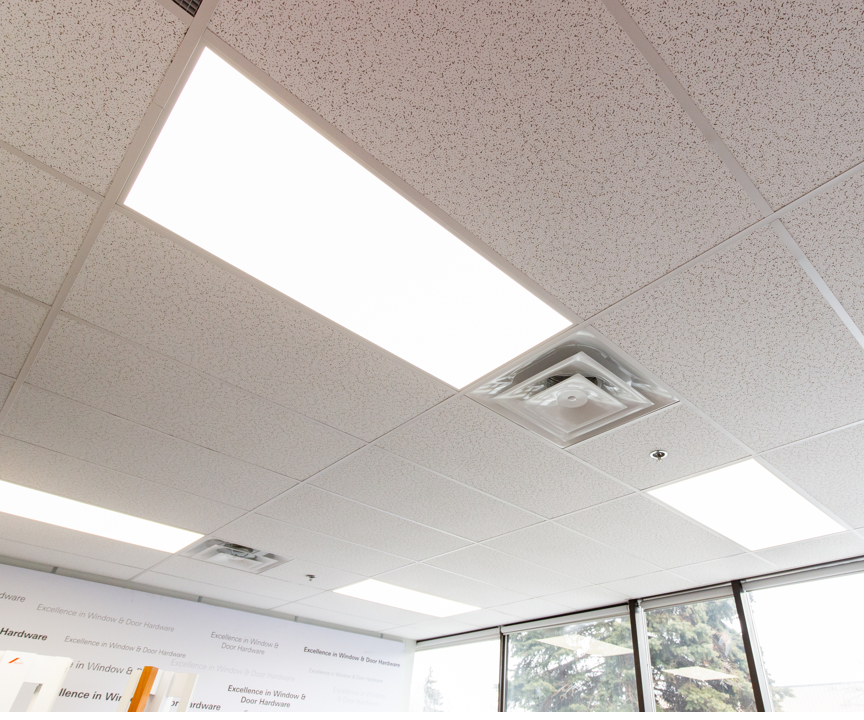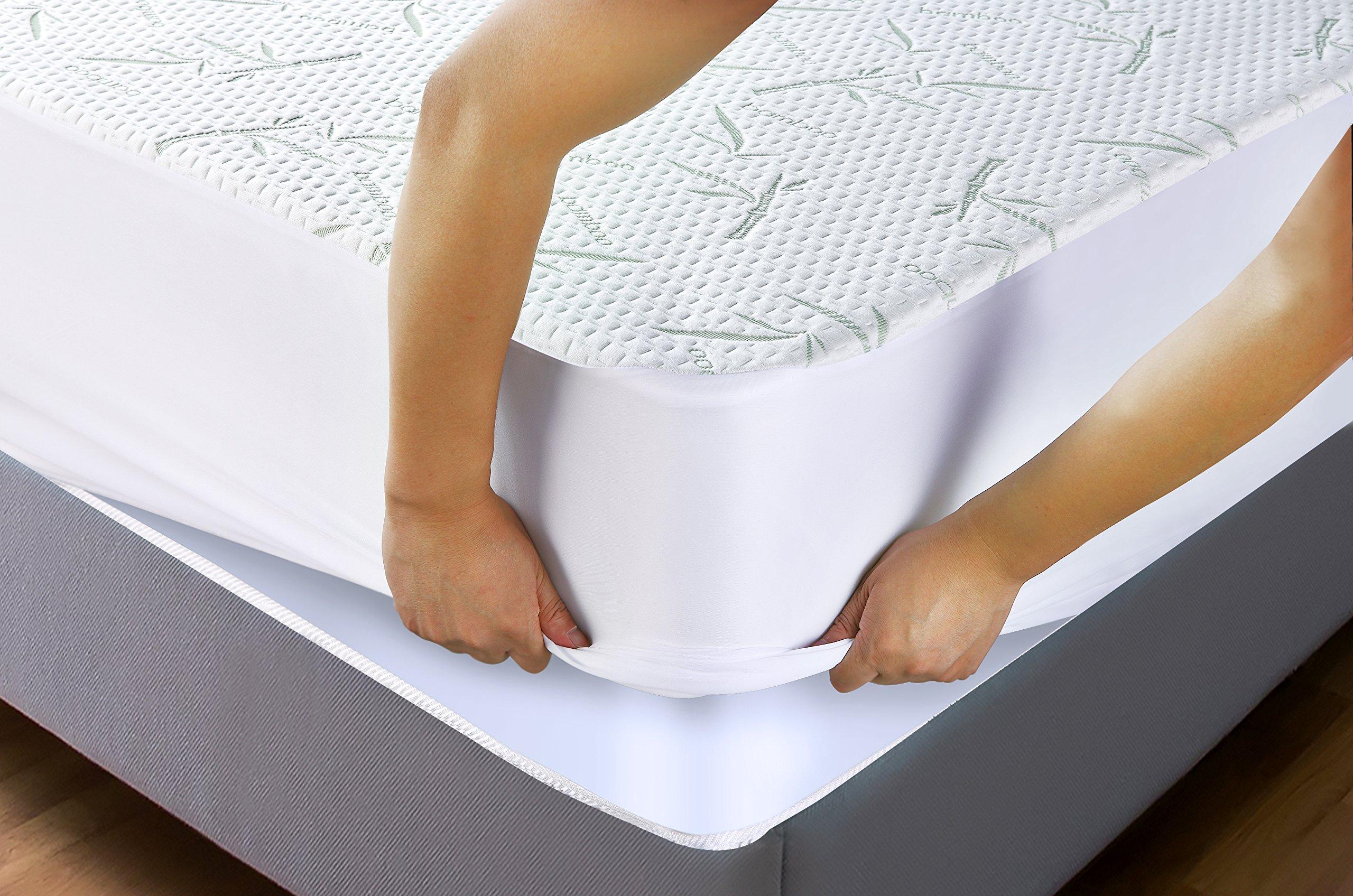How to Fix a Slow-Draining Kitchen Sink
If you've ever experienced a slow-draining kitchen sink, you know how frustrating it can be. Not only does it make it difficult to do dishes or prepare meals, but it can also lead to unpleasant odors and potential clogs. Fortunately, there are several simple steps you can take to fix a slow-draining kitchen sink and get it back to working properly.
How to Unclog a Kitchen Sink Drain
The first step in fixing a slow-draining kitchen sink is to determine the cause of the clog. Often, the cause is food debris and grease buildup in the drain. To unclog the drain, start by removing any visible debris from the surface of the sink. Then, use a plunger to create suction and release the clog. If the clog is deeper in the drain, you may need to use a plumbing snake to break it up.
Common Causes of Slow Draining Kitchen Sinks
Understanding the common causes of slow-draining kitchen sinks can help you prevent future clogs. Some of the most common causes include food debris and grease buildup, foreign objects such as utensils or hair, and a blocked vent pipe. Keep an eye on what goes down your drain and make sure to properly dispose of food waste to prevent clogs.
How to Clean a Kitchen Sink Drain
Cleaning your kitchen sink drain regularly can help prevent slow drainage and clogs. Start by removing any visible debris from the surface of the sink. Then, pour a mixture of hot water and vinegar down the drain to dissolve any buildup. You can also use a drain snake or brush to physically remove any tough clogs.
How to Use a Plunger on a Kitchen Sink
A plunger is a simple and effective tool for unclogging a kitchen sink drain. To use a plunger, fill the sink with enough water to cover the rubber portion of the plunger. Place the plunger over the drain and push down and pull up in a rapid motion. The suction created by the plunger should help to release the clog.
How to Snake a Kitchen Sink Drain
If a plunger is not effective in unclogging your kitchen sink drain, you may need to use a plumbing snake. A plumbing snake is a long, flexible tool that can be inserted into the drain to break up and remove clogs. Carefully insert the snake into the drain and use a twisting motion to navigate it through the pipes and break up the clog.
How to Clear a Clogged Kitchen Sink Drain
If your kitchen sink drain is completely clogged and none of the above methods are working, you may need to resort to more drastic measures. One option is to use a chemical drain cleaner, but be cautious as these can be harmful to your pipes and the environment. Another option is to call a professional plumber who can use specialized tools to clear the clog.
How to Install a Kitchen Sink Vent
A kitchen sink vent, also known as an air admittance valve, is an important component in your plumbing system. It helps to regulate air pressure and prevent air bubbles from forming in your pipes, which can cause slow drainage. If you are experiencing slow drainage and do not have a vent in your system, consider hiring a professional to install one.
How to Troubleshoot a Slow-Draining Kitchen Sink
If your kitchen sink drain is still draining slowly even after trying the above methods, it may be time to troubleshoot the issue further. Check for any leaks or damage in the pipes, make sure the vent is functioning properly, and consider calling a plumber for a professional inspection. It may also be helpful to keep a drain cleaner on hand for regular maintenance.
How to Prevent Kitchen Sink Drain Clogs
Prevention is key when it comes to avoiding slow-draining kitchen sinks. Some simple steps you can take to prevent clogs include using a sink strainer to catch food debris, avoiding pouring grease or oil down the drain, and regularly cleaning your sink and drain. It's also important to be mindful of what goes down your drain and to never flush foreign objects.
Kitchen Sink Slow Drain Vent: A Common Culprit in Slow-Draining Sinks

The Importance of a Well-Functioning Kitchen Sink Drain System
 The kitchen sink is an essential feature in any household, used for washing dishes, preparing food, and even filling up a cup of water. However, a clogged or slow-draining sink can quickly become a nuisance, making daily tasks harder and creating a potential breeding ground for bacteria. In most cases, the culprit behind a slow-draining kitchen sink is the drain vent.
What is a Drain Vent?
A drain vent is a crucial component of any plumbing system, including kitchen sinks. It is a vertical pipe that connects to the drain line and extends through the roof of the house. Its purpose is to release the pressure in the drain system and allow air to enter. This air prevents a vacuum from forming in the pipes and allows waste and water to flow freely.
How Does a Slow Drain Vent Affect Your Kitchen Sink?
When the drain vent becomes clogged or blocked, it can cause a variety of problems for your kitchen sink. The lack of proper ventilation can create a negative pressure in the drain system, making it difficult for water and waste to flow down the drain. This results in a slow-draining sink and can even cause foul odors to emanate from the drain. Additionally, a blocked drain vent can also lead to gurgling sounds in the sink, indicating air trapped in the pipes.
What Causes a Slow Drain Vent?
There are several reasons why a drain vent may become clogged or blocked. One common culprit is debris such as food particles, grease, and soap scum that can build up in the vent pipe over time. Another cause may be the growth of mold or algae, especially in warm and humid environments. In some cases, the vent pipe may become damaged or disconnected, leading to blockages.
How to Fix a Slow Drain Vent?
If you suspect a slow-draining sink is caused by a clogged or blocked drain vent, it is essential to address the issue promptly. You can start by using a plunger or a drain snake to clear any debris or blockages from the vent pipe. If this does not solve the problem, it is best to seek the help of a professional plumber. They can inspect the vent pipe and determine the cause of the blockage, and provide a more thorough and lasting solution.
The kitchen sink is an essential feature in any household, used for washing dishes, preparing food, and even filling up a cup of water. However, a clogged or slow-draining sink can quickly become a nuisance, making daily tasks harder and creating a potential breeding ground for bacteria. In most cases, the culprit behind a slow-draining kitchen sink is the drain vent.
What is a Drain Vent?
A drain vent is a crucial component of any plumbing system, including kitchen sinks. It is a vertical pipe that connects to the drain line and extends through the roof of the house. Its purpose is to release the pressure in the drain system and allow air to enter. This air prevents a vacuum from forming in the pipes and allows waste and water to flow freely.
How Does a Slow Drain Vent Affect Your Kitchen Sink?
When the drain vent becomes clogged or blocked, it can cause a variety of problems for your kitchen sink. The lack of proper ventilation can create a negative pressure in the drain system, making it difficult for water and waste to flow down the drain. This results in a slow-draining sink and can even cause foul odors to emanate from the drain. Additionally, a blocked drain vent can also lead to gurgling sounds in the sink, indicating air trapped in the pipes.
What Causes a Slow Drain Vent?
There are several reasons why a drain vent may become clogged or blocked. One common culprit is debris such as food particles, grease, and soap scum that can build up in the vent pipe over time. Another cause may be the growth of mold or algae, especially in warm and humid environments. In some cases, the vent pipe may become damaged or disconnected, leading to blockages.
How to Fix a Slow Drain Vent?
If you suspect a slow-draining sink is caused by a clogged or blocked drain vent, it is essential to address the issue promptly. You can start by using a plunger or a drain snake to clear any debris or blockages from the vent pipe. If this does not solve the problem, it is best to seek the help of a professional plumber. They can inspect the vent pipe and determine the cause of the blockage, and provide a more thorough and lasting solution.
Conclusion
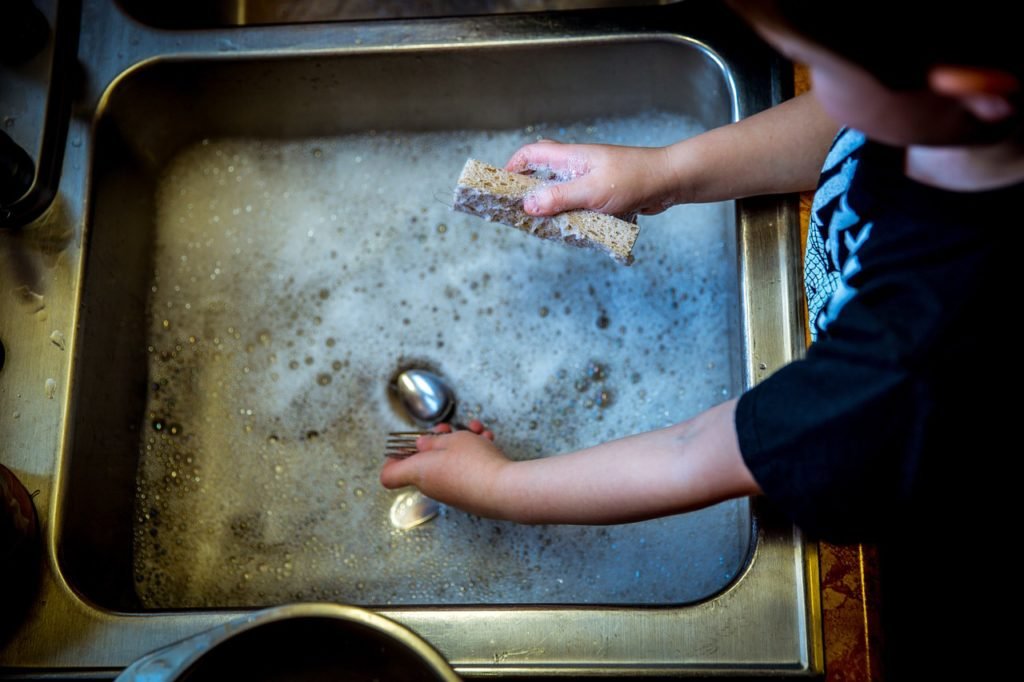 In conclusion, a slow drain vent is a common culprit in slow-draining kitchen sinks. Understanding the importance of a well-functioning drain vent and being aware of the potential causes and solutions can help you keep your kitchen sink in top working condition. Regular maintenance and prompt attention to any issues with your drain vent can save you from the frustration and inconvenience of a slow-draining sink.
In conclusion, a slow drain vent is a common culprit in slow-draining kitchen sinks. Understanding the importance of a well-functioning drain vent and being aware of the potential causes and solutions can help you keep your kitchen sink in top working condition. Regular maintenance and prompt attention to any issues with your drain vent can save you from the frustration and inconvenience of a slow-draining sink.






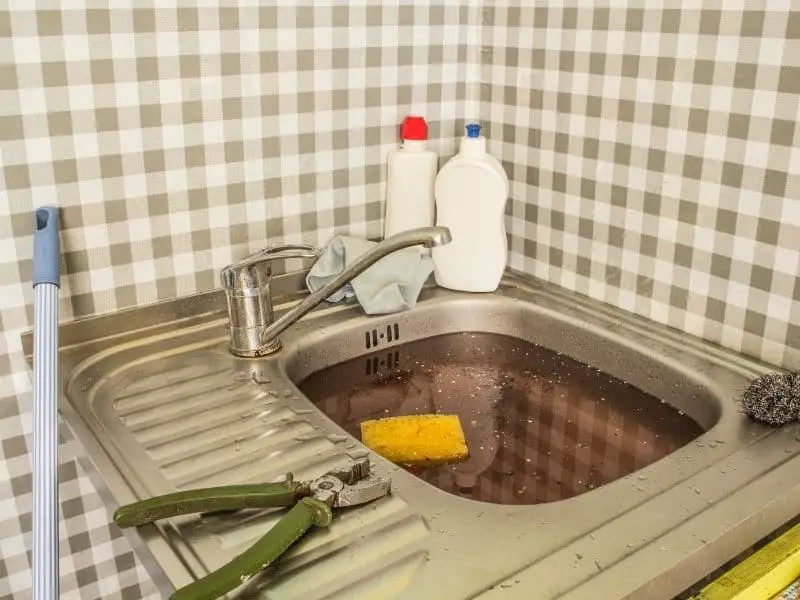






:max_bytes(150000):strip_icc()/freshen-and-unclog-drain-with-baking-soda-1900466-22-bbf940b70afa4d5abef0c54da23b1d3f.jpg)
:max_bytes(150000):strip_icc()/how-to-unclog-a-kitchen-sink-2718799_sketch_FINAL-8c5caa805a69493ab22dfb537c72a1b7.png)







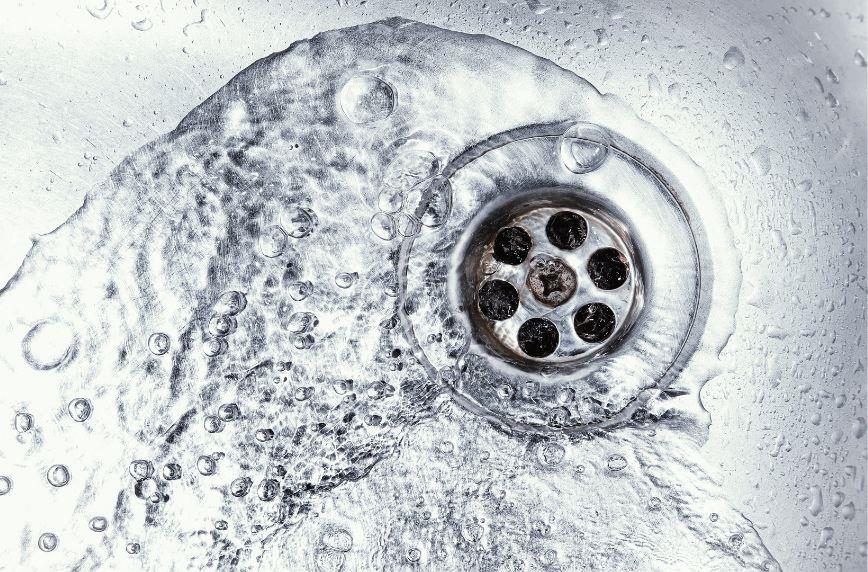
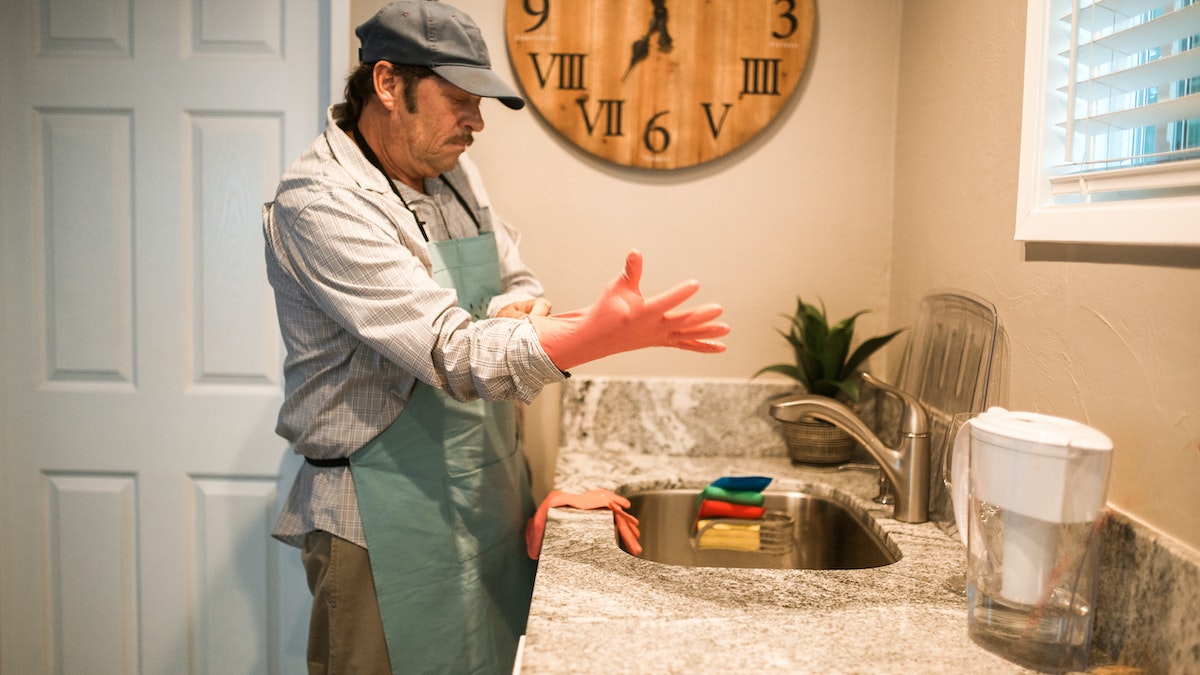

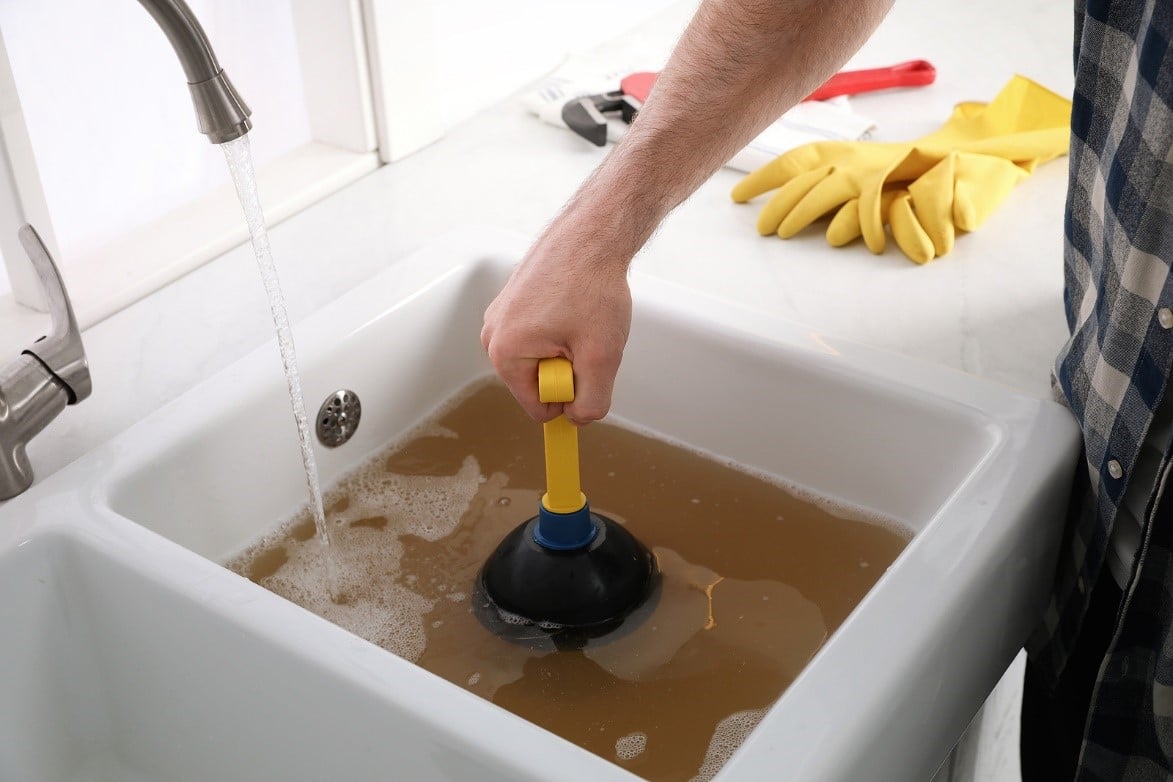
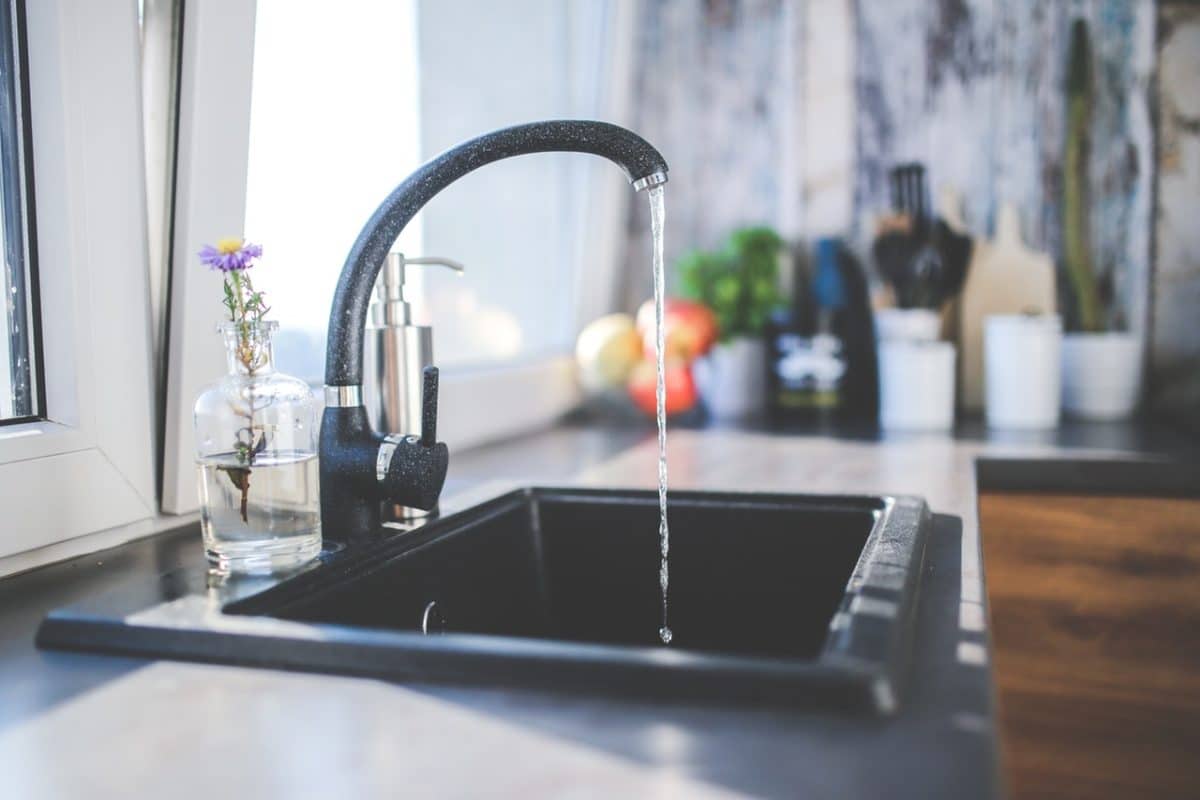









:max_bytes(150000):strip_icc()/how-to-clean-a-kitchen-sink-and-drain-01-5660035-a1d8afe3894346f9a579e66c55e64b7d.jpg)
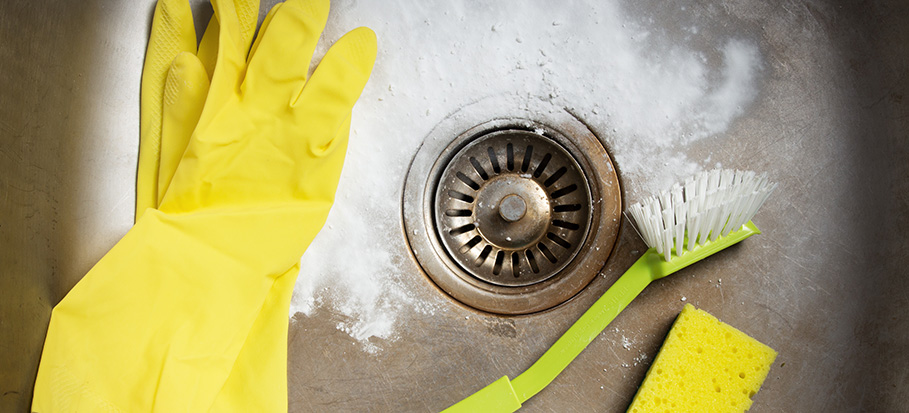
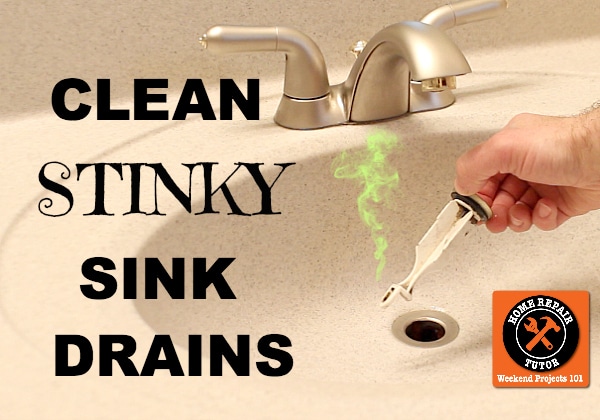
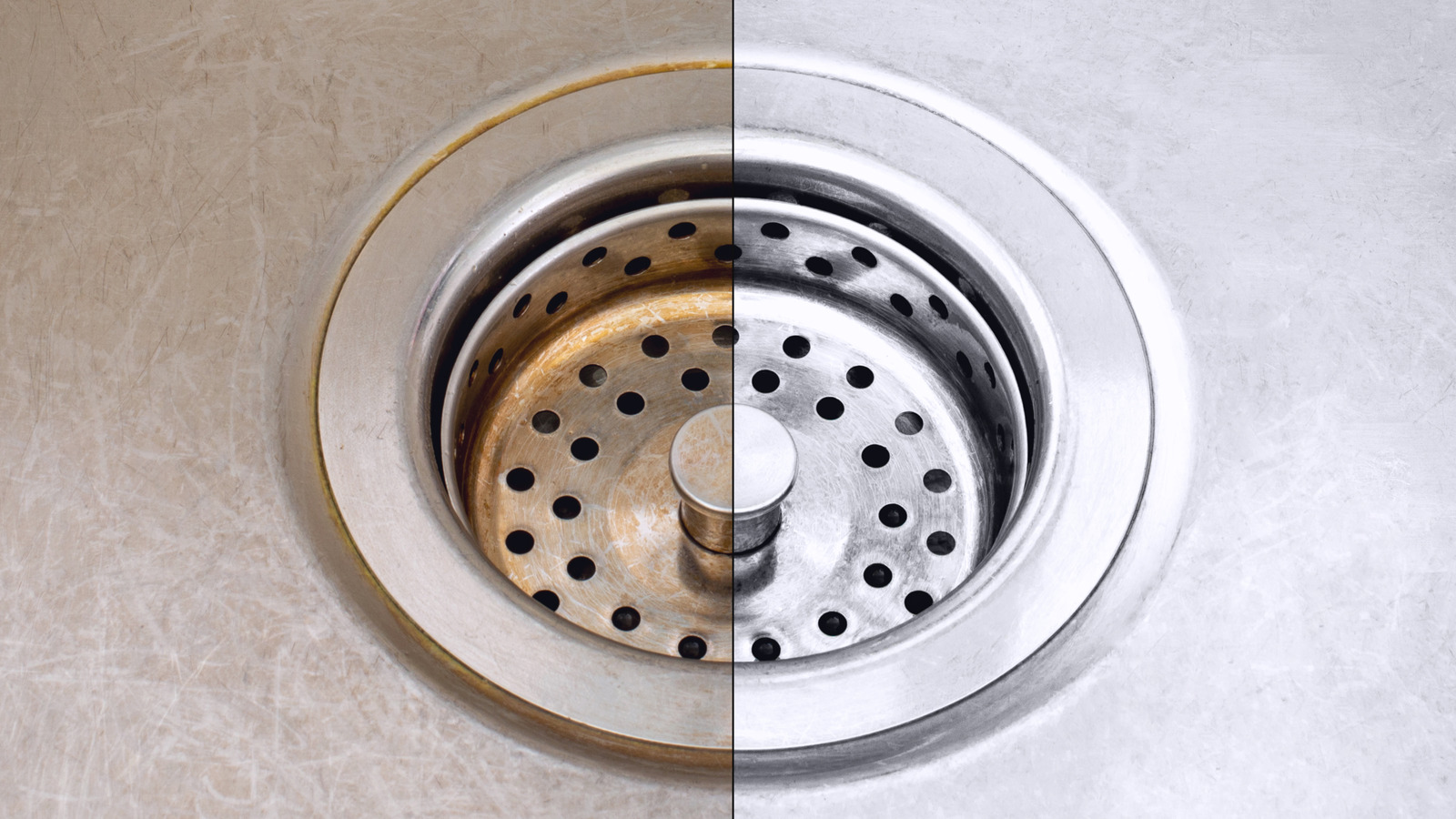
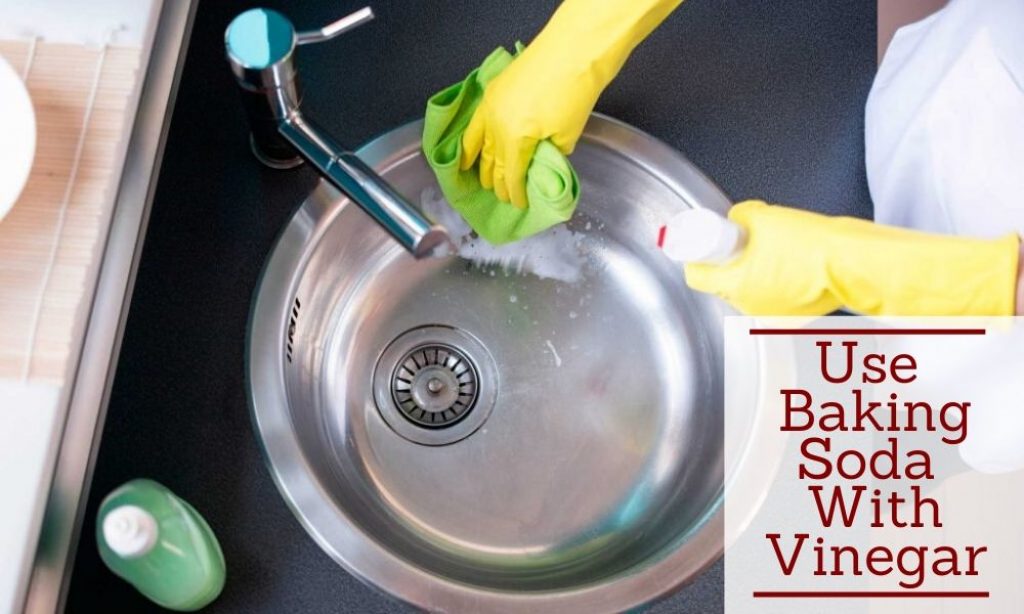


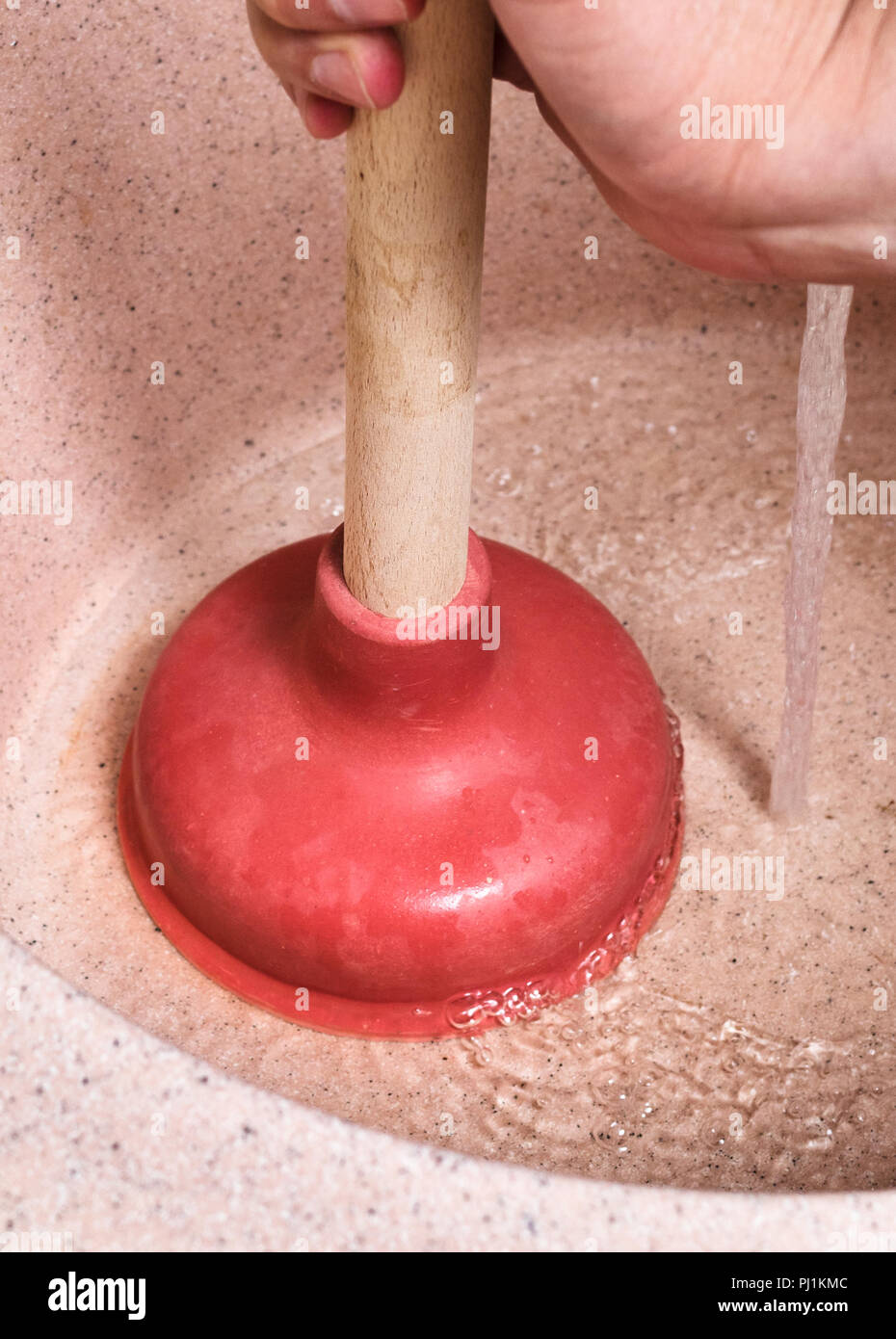


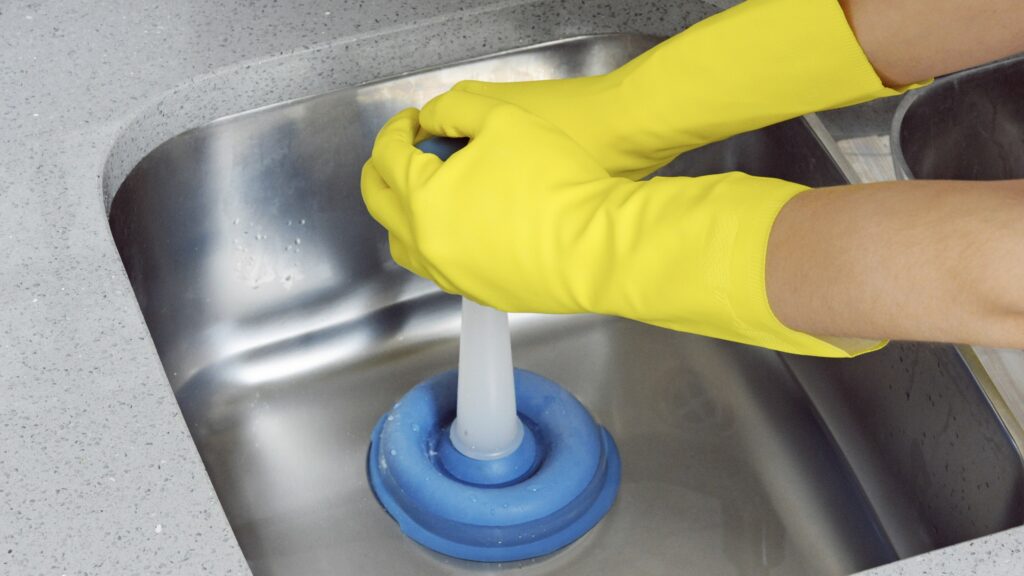
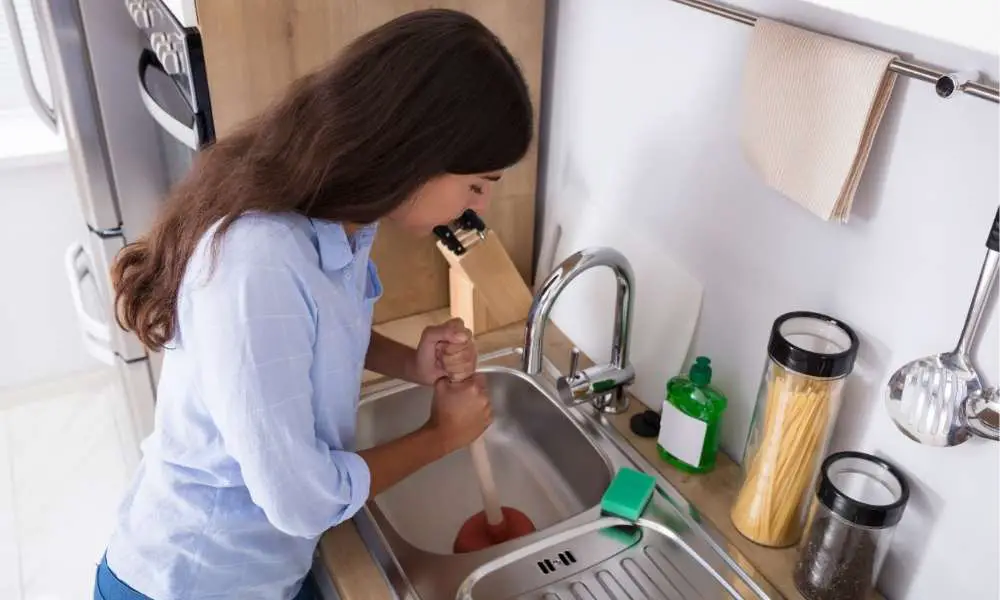



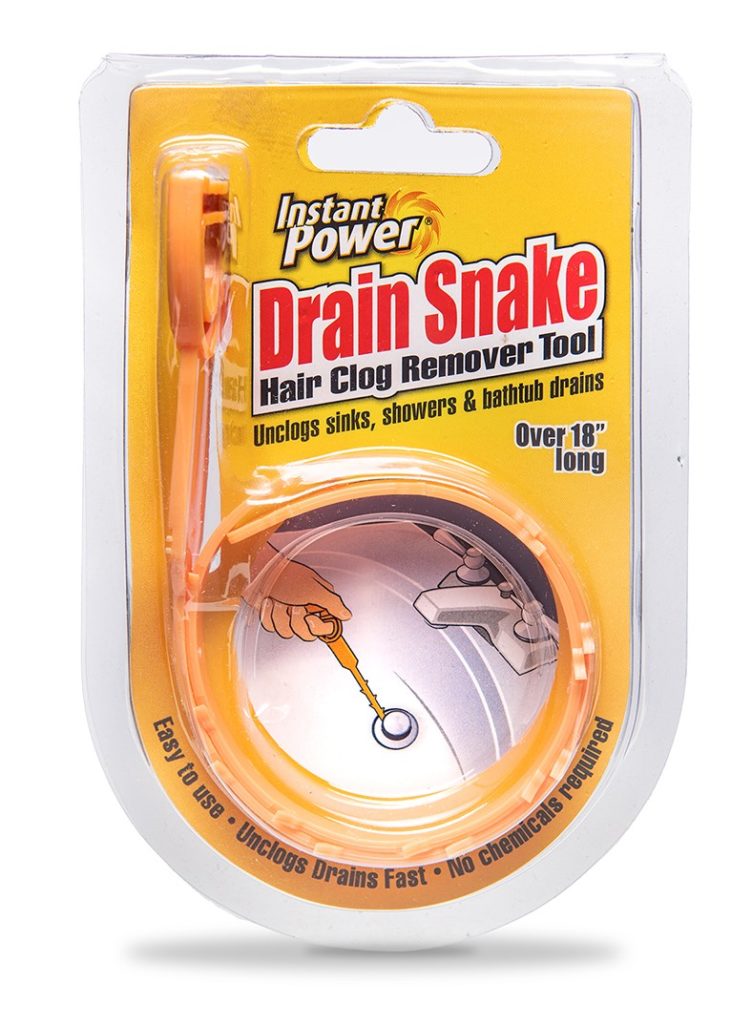














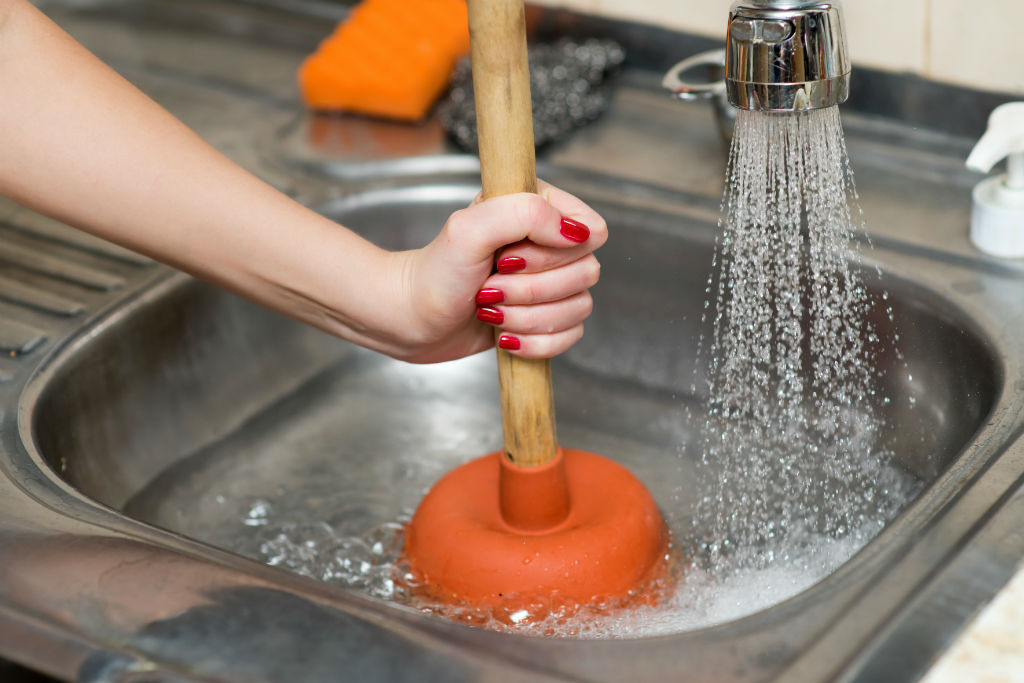





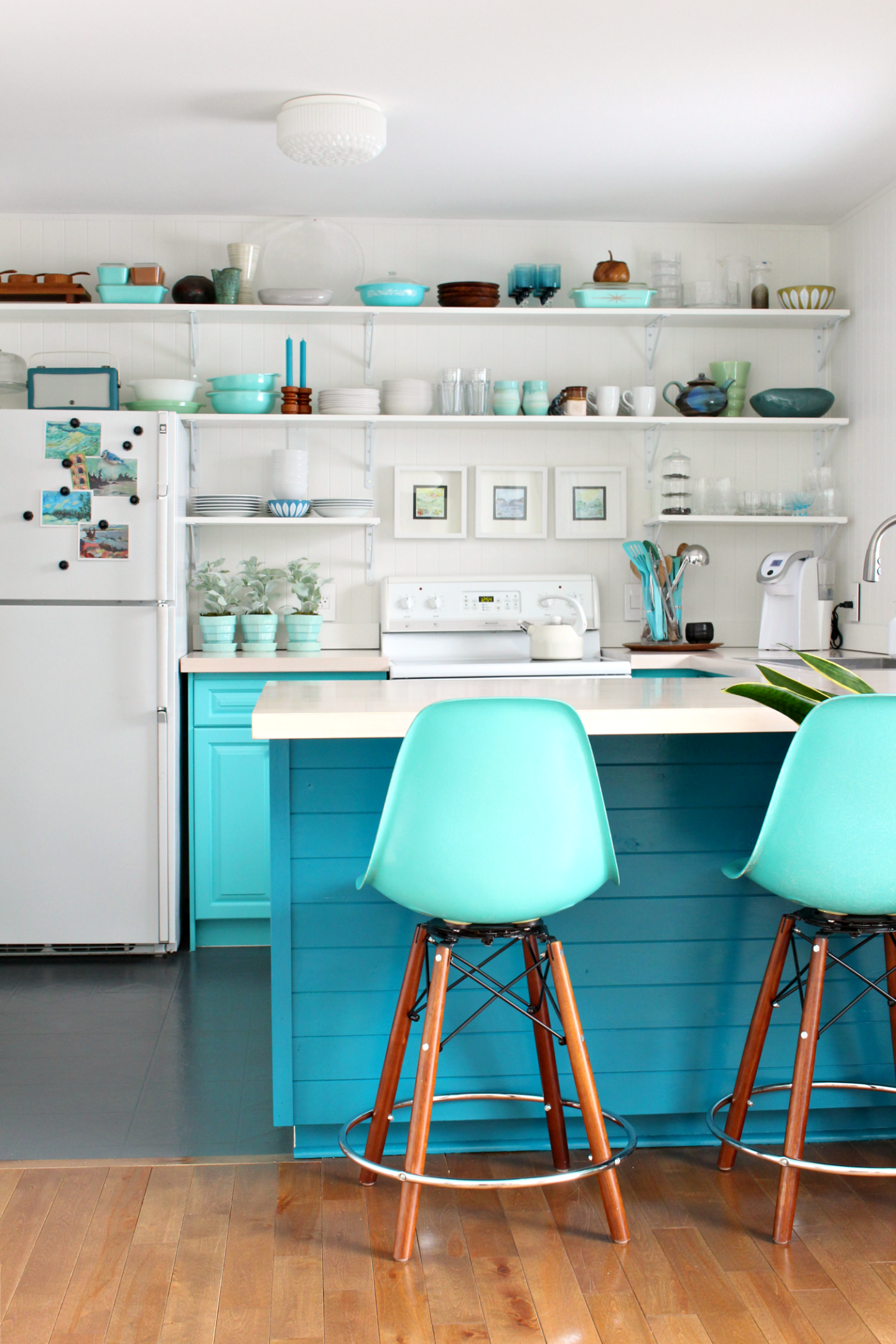

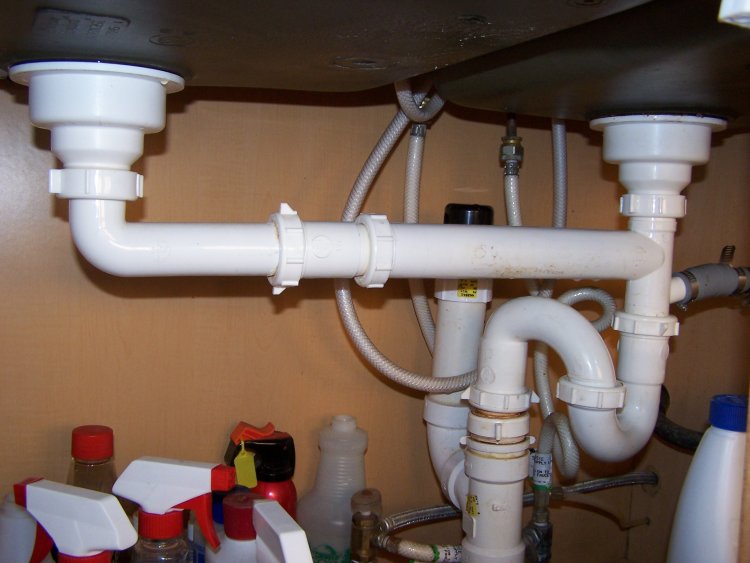


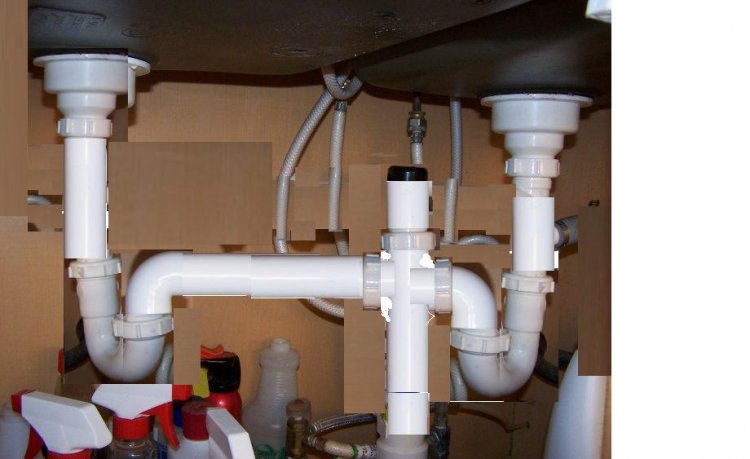
/sink-vent-installing-an-auto-vent-2718828-05-ca0dcb2915be457b9693ccd2655e6c21.jpg)





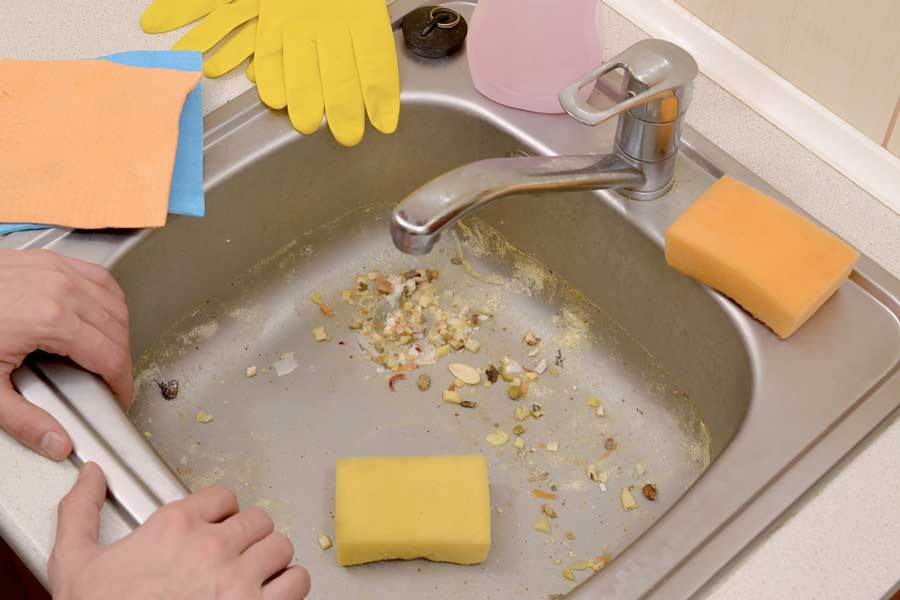
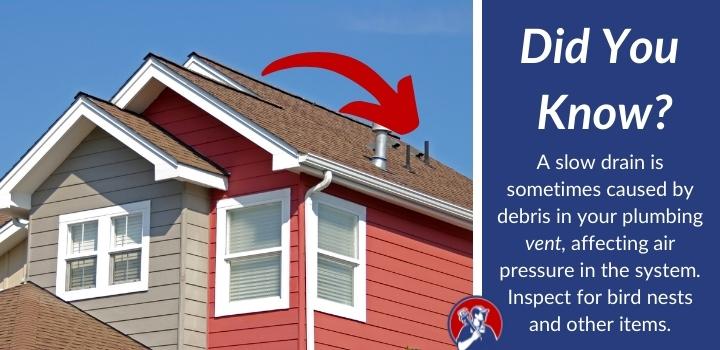

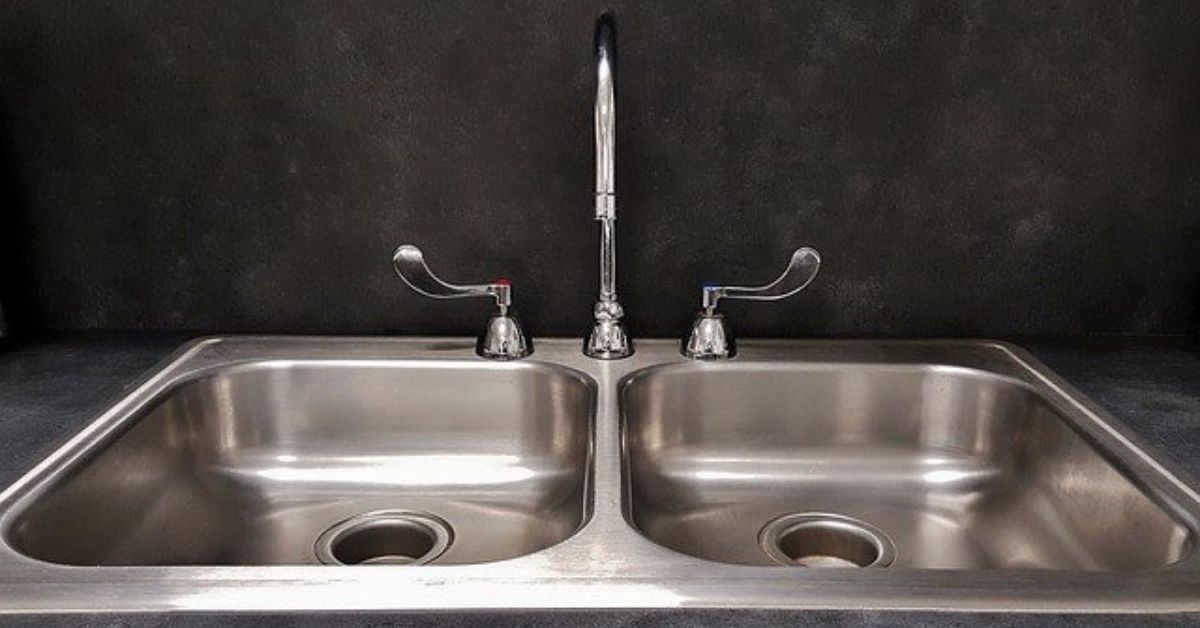

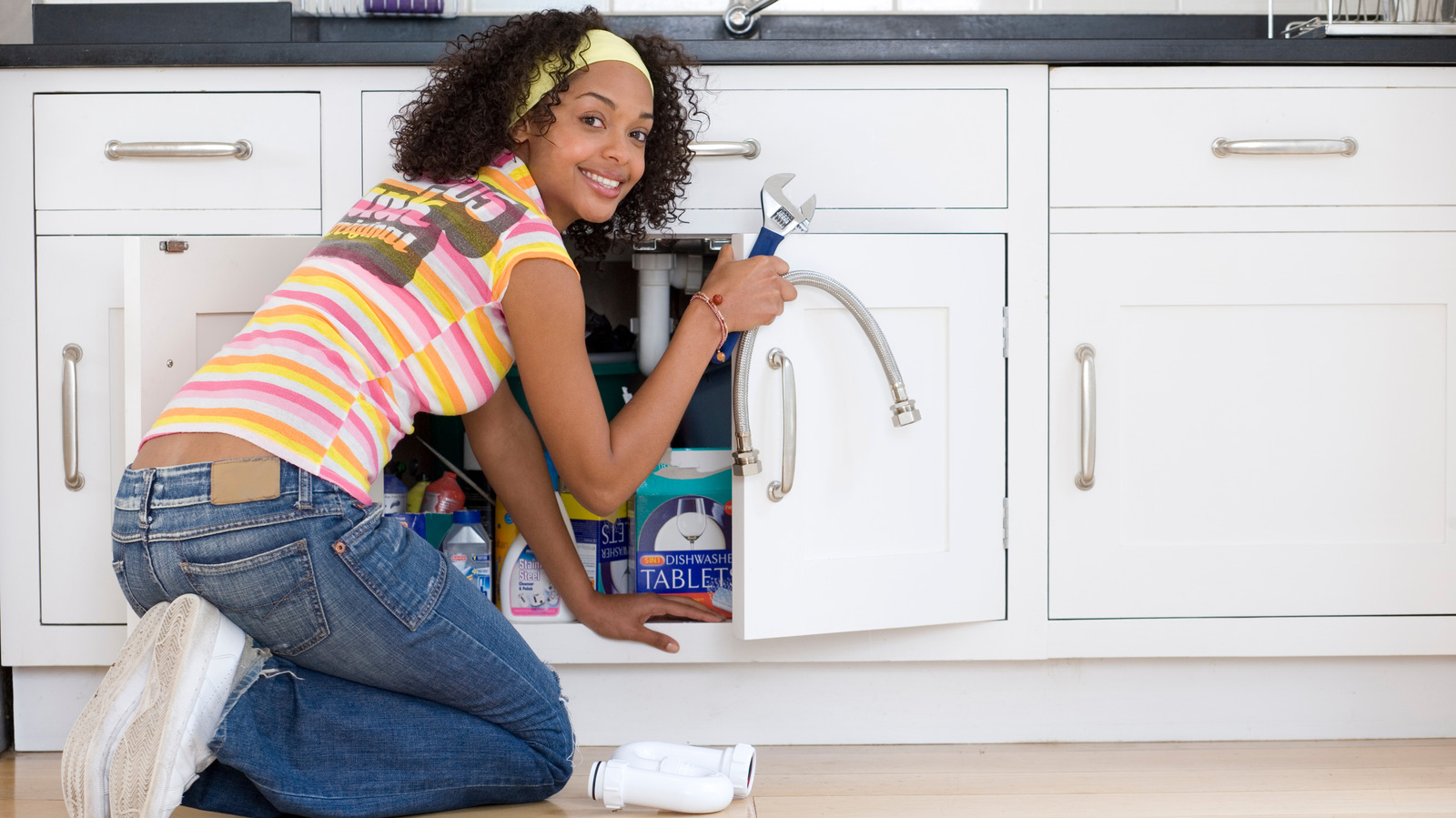

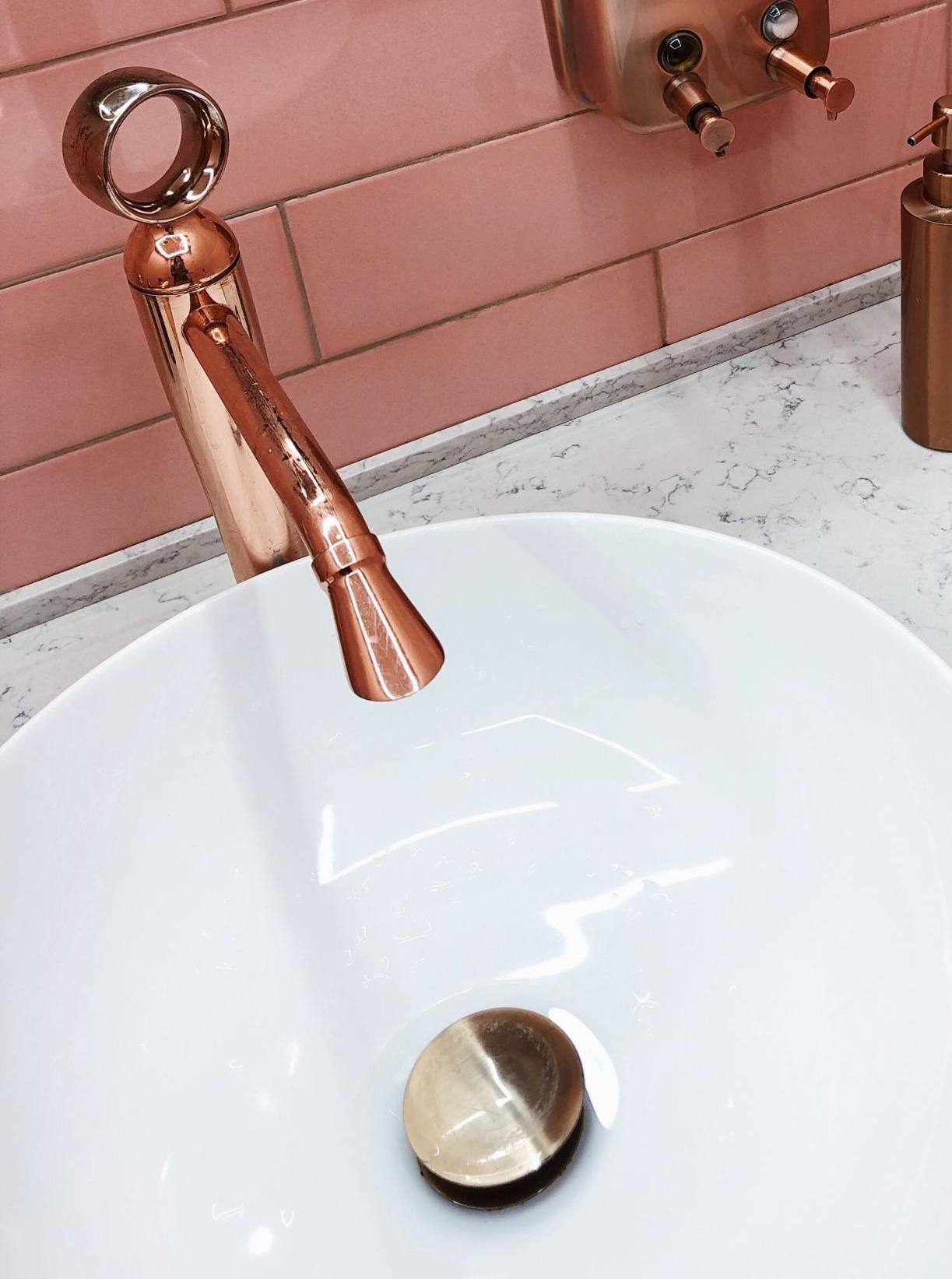
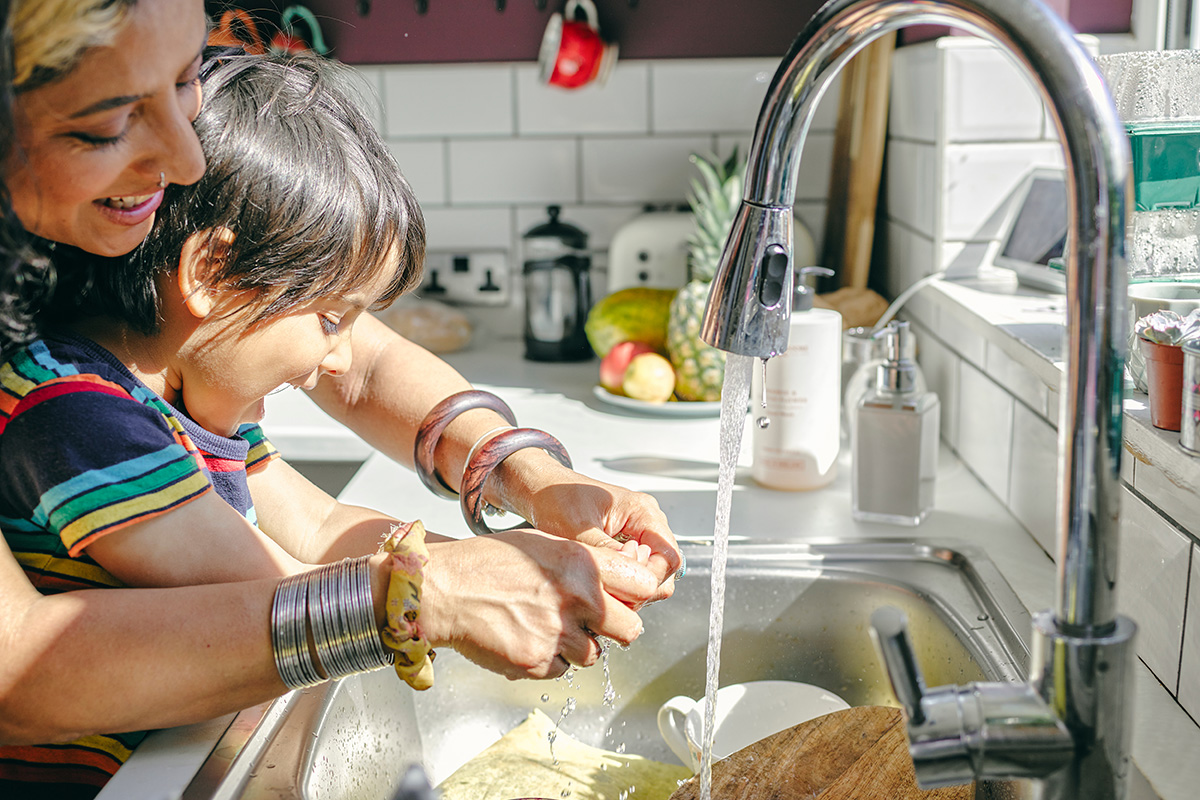




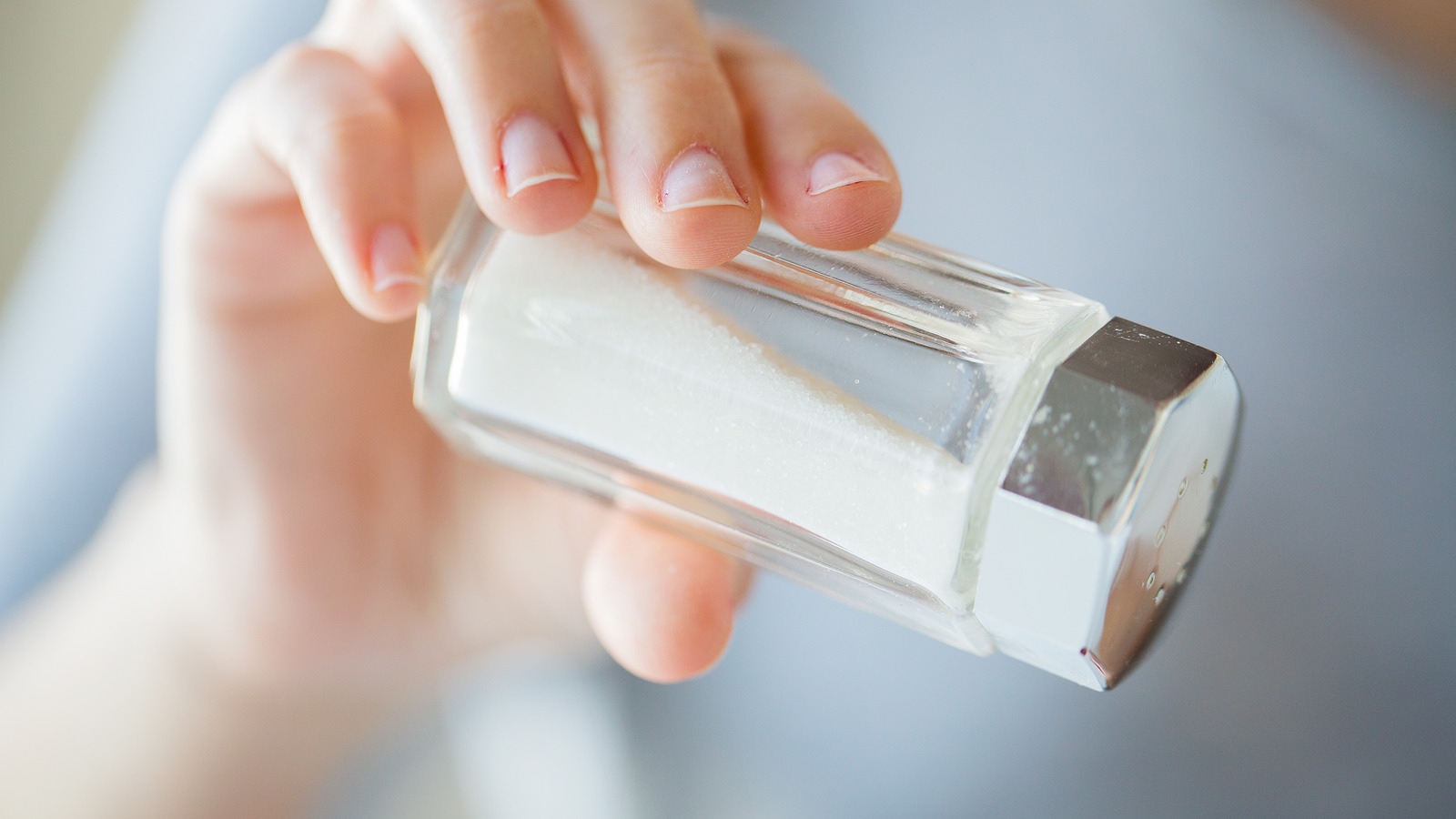


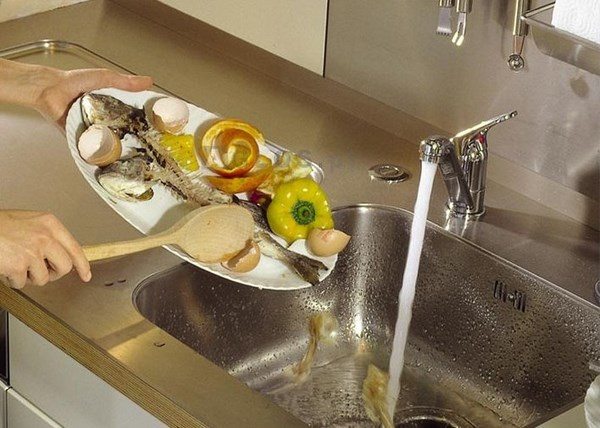


:max_bytes(150000):strip_icc()/fin-27-sputnick-light-fixture-5a51622a5b6e2400374955c3.jpg)
